Home>diy>Building & Construction>What Is V-B Construction Type
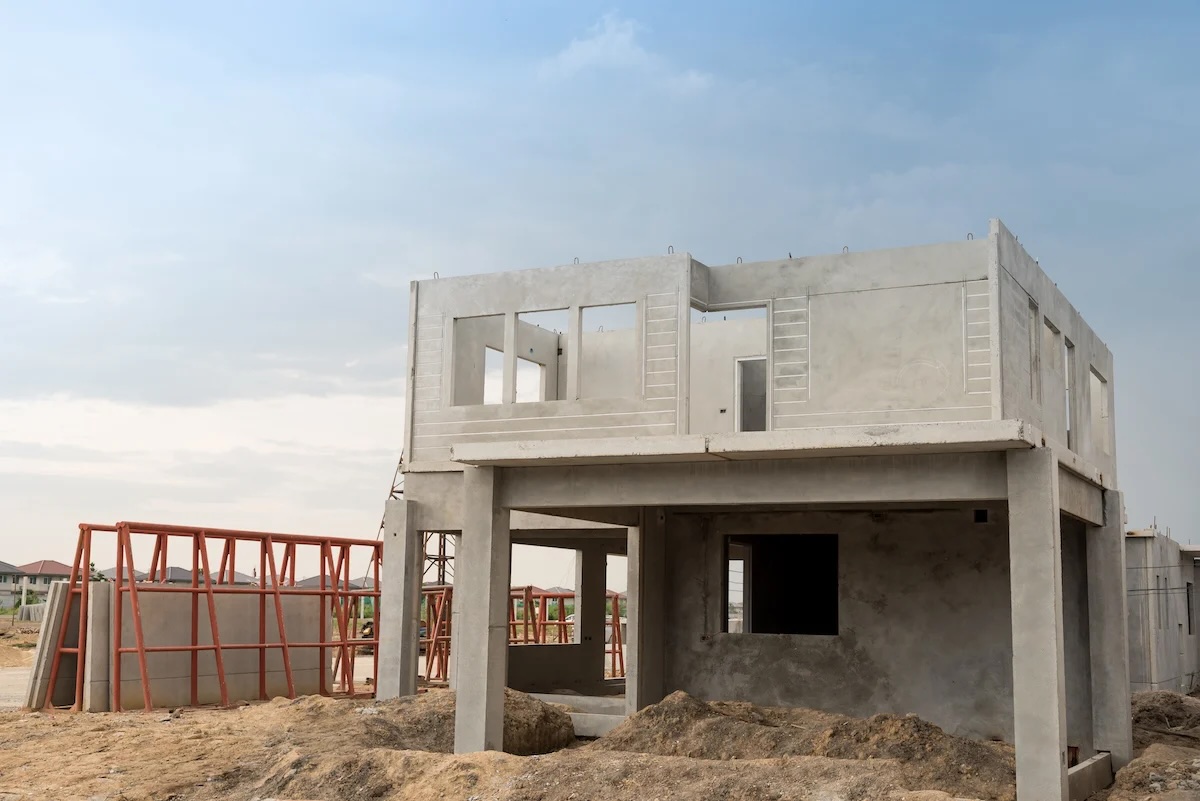

Building & Construction
What Is V-B Construction Type
Modified: October 20, 2024
Learn about the V-B construction type, a popular method used in building construction. Discover its features, benefits, and examples.
(Many of the links in this article redirect to a specific reviewed product. Your purchase of these products through affiliate links helps to generate commission for Storables.com, at no extra cost. Learn more)
Introduction
Welcome to the world of building construction! When it comes to constructing a building, there are various types and methods to consider. One such method is the V-B construction type. If you’ve come across this term and are curious to learn more about it, you’ve come to the right place.
V-B construction, also known as Vented and Burnished construction, is a popular method used in the construction industry. It is widely recognized for its unique characteristics and numerous advantages. In this article, we will delve into the details of V-B construction, explore its defining features, and discuss its pros and cons.
Whether you’re a construction professional, an aspiring builder, or simply enthusiastic about the field, understanding the different construction types is essential for expanding your knowledge and making informed decisions. So let’s dive in and explore what V-B construction is all about.
Key Takeaways:
- V-B construction, or Vented and Burnished construction, is a specialized building method that enhances durability, aesthetics, and energy efficiency, making it a popular choice for residential, commercial, and public infrastructure projects.
- The venting and burnishing techniques of V-B construction create visually stunning and structurally sound buildings, with examples ranging from iconic architectural landmarks to everyday residential homes, showcasing its versatility and effectiveness.
Read more: What Are The Types Of Construction
Definition of V-B Construction Type
V-B construction, or Vented and Burnished construction, is a specific type of building construction method that involves the use of specific materials and techniques to achieve a desired finish and structural integrity. It is commonly used in both residential and commercial construction projects.
The name “V-B construction” derives from the two key components of the process: venting and burnishing. Venting refers to creating small air gaps or vents in the construction materials, while burnishing involves smoothing and polishing the surfaces to achieve a sleek and appealing finish.
This construction method is most commonly used in the construction of walls and floors, where the surface appearance and durability are of utmost importance. By incorporating venting and burnishing techniques, V-B construction can create a distinct aesthetic appeal while also enhancing the structural properties of the building.
The materials used in V-B construction typically include concrete, plasterboard, metal, or wood. These materials are carefully selected based on their compatibility, strength, and ability to withstand the venting and burnishing processes.
It is important to note that V-B construction is not limited to a specific architectural style or design. It can be applied to various building types, including residential houses, commercial buildings, and even public infrastructure.
Overall, V-B construction is a specialized building method that combines the principles of ventilation and surface treatment to achieve a visually stunning and structurally robust end result. By harnessing the unique qualities of various construction materials, V-B construction offers a versatile approach to creating impressive and durable structures.
Characteristics of V-B Construction Type
V-B construction is known for its distinct characteristics that set it apart from other building construction methods. These characteristics contribute to the overall durability, aesthetic appeal, and functionality of structures built using this method. Let’s explore some of the key characteristics of V-B construction:
- Venting: Venting is a crucial feature of V-B construction. It involves creating small air gaps or vents within the construction materials. These vents allow for the release of trapped air and moisture, preventing issues such as condensation, mold growth, and structural damage. Venting also plays a role in improving the thermal performance and energy efficiency of the building.
- Burnishing: Burnishing refers to the process of smoothing and polishing the surfaces of the construction materials. This technique enhances the visual appeal of the building by creating a sleek and elegant finish. It also improves the durability and resistance of the surfaces to wear and tear, making them easier to clean and maintain.
- Strength and Stability: V-B construction prioritizes structural integrity and stability. By incorporating venting and burnishing techniques, the construction materials become more resistant to cracking, water penetration, and deterioration over time. This ensures that the building remains sturdy and resilient, even in harsh environmental conditions.
- Aesthetic Versatility: V-B construction offers a wide range of design possibilities. The smooth and polished surfaces lend themselves to various architectural styles, from contemporary to traditional. This versatility allows builders and architects to achieve their desired aesthetic vision while maintaining the structural integrity of the building.
- Ease of Repairs and Modifications: Another notable characteristic of V-B construction is its ease of repairs and modifications. The vented and burnished surfaces can be easily patched or modified without compromising the overall appearance of the building. This flexibility is particularly valuable when renovations or changes to the building’s layout are required.
- Improved Indoor Air Quality: The venting aspect of V-B construction plays a significant role in promoting better indoor air quality. By allowing proper air circulation, the risk of moisture buildup and airborne pollutants is reduced. This contributes to a healthier and more comfortable living or working environment for occupants.
Overall, the characteristics of V-B construction make it an attractive option for builders and property owners alike. From enhanced durability and aesthetics to improved air quality and versatility, V-B construction offers a comprehensive approach to creating long-lasting and visually appealing structures.
Advantages of V-B Construction Type
V-B construction, with its unique characteristics and techniques, offers several advantages that make it a popular choice in the building industry. Whether you’re a builder, homeowner, or investor, understanding the benefits of V-B construction can help you make informed decisions. Let’s explore some of the key advantages:
- Durability: V-B construction enhances the durability of a building by incorporating venting and burnishing techniques. The venting process helps to release trapped air and moisture, preventing structural damage and the growth of mold or mildew. The burnished surfaces are more resistant to wear and tear, increasing the longevity of the building.
- Aesthetic Appeal: V-B construction creates a sleek and polished finish, adding a touch of elegance to the building’s interior and exterior surfaces. The smooth surfaces provide a visually appealing backdrop that can complement various architectural styles. This aesthetic versatility allows for greater design freedom and customization.
- Energy Efficiency: Through its venting process, V-B construction improves the energy efficiency of a building. The air gaps or vents allow for better air circulation, reducing the need for excessive heating or cooling. This can lead to lower energy consumption and utility bills, making it an environmentally-friendly choice.
- Improved Indoor Air Quality: The venting aspect of V-B construction contributes to better indoor air quality. By allowing for proper air circulation, the risk of moisture buildup and the presence of airborne pollutants is minimized. This creates a healthier and more comfortable living or working environment for occupants.
- Flexibility in Repairs and Modifications: V-B construction offers ease of repairs and modifications. The burnished surfaces can be easily patched or modified without compromising the overall appearance of the building. This flexibility is valuable when renovations or changes to the building’s layout are required, saving both time and money.
- Fire Resistance: V-B construction can enhance the fire resistance of a building. The vented spaces create additional air circulation, which can help prevent the spread of fire. Additionally, certain V-B construction materials, such as fire-rated plasterboard, can be integrated into the structure to further enhance fire safety.
These advantages highlight the value and benefits that V-B construction brings to both residential and commercial building projects. From increased durability and energy efficiency to improved aesthetics and indoor air quality, V-B construction offers a comprehensive package that meets the demands of modern construction.
V-B construction type refers to a building design that includes fire-resistive features, such as fire-rated walls and floors, to prevent the spread of fire. This type of construction is commonly used in high-rise buildings and offers increased safety for occupants.
Disadvantages of V-B Construction Type
While V-B construction offers numerous advantages, it is important to consider its potential disadvantages. Understanding these drawbacks can help builders and property owners make informed decisions and address any challenges that may arise. Let’s explore some of the key disadvantages of V-B construction:
- Complexity: V-B construction requires specialized knowledge and skills. The techniques involved in venting and burnishing can be complex, and improper execution can lead to subpar results or compromised structural integrity. It is important to ensure that the construction team has sufficient expertise and experience in V-B construction.
- Higher Costs: Compared to traditional construction methods, V-B construction may come with higher upfront costs. The specialized materials, equipment, and expertise required for venting and burnishing can increase the overall project expenses. However, it is essential to weigh these costs against the long-term benefits and durability of the building.
- Time-Intensive Process: V-B construction can be time-intensive due to the additional steps involved in venting and burnishing. Properly creating air gaps, applying the necessary coatings, and achieving a smooth finish can take longer than conventional construction methods. This may affect project timelines and require careful management and planning.
- Limited Material Options: V-B construction may have limitations in terms of material options. Not all construction materials are suitable for venting and burnishing techniques. It is important to work with materials that are compatible with the process while still meeting the desired aesthetic and functional requirements.
- Maintenance Considerations: While V-B construction enhances the durability of a building, certain maintenance considerations should be kept in mind. The burnished surfaces may require periodic maintenance to retain their smooth finish. Regular inspections and upkeep can help identify any issues and address them promptly, ensuring the longevity of the building.
- Specialized Expertise: V-B construction may require specialized expertise that may not be readily available. Finding professionals who are experienced and knowledgeable in venting and burnishing techniques can be a challenge in certain regions or markets. It is crucial to work with reputable contractors or construction firms that have a proven track record in V-B construction.
These disadvantages do not necessarily outweigh the advantages of V-B construction, but they highlight some of the challenges that may be encountered. By understanding and addressing these potential drawbacks, builders and property owners can make informed decisions and ensure successful V-B construction projects.
Read more: What Is A Type B Light Bulb
Examples of V-B Construction Type
V-B construction, with its unique characteristics and benefits, has been successfully implemented in various building projects around the world. Let’s explore some notable examples of V-B construction and how it has been utilized:
- The Guggenheim Museum Bilbao: One of the most iconic examples of V-B construction is the Guggenheim Museum Bilbao in Spain. Designed by architect Frank Gehry, the museum showcases a stunning exterior clad in titanium panels that have been meticulously vented and burnished. This construction technique not only contributes to the museum’s distinctive appearance but also enhances its durability and resistance to the coastal environment.
- Residential Homes: V-B construction has gained popularity in the construction of residential homes. Builders and homeowners are increasingly opting for V-B construction to achieve a modern and polished finish. Whether it’s a contemporary villa or a sleek urban apartment building, V-B construction can add a touch of elegance and sophistication to residential structures.
- Commercial Buildings: Many commercial buildings have also embraced V-B construction. From office complexes to shopping centers, the smooth and polished surfaces of V-B construction create an inviting and professional environment. In addition to the aesthetic appeal, the durability and ease of maintenance make it a suitable choice for high-traffic commercial spaces.
- Hotels and Resorts: The hospitality industry has recognized the benefits of V-B construction in creating luxurious and visually striking hotels and resorts. The vented and burnished surfaces contribute to a refined and upscale atmosphere, enhancing the guest experience. Hotels and resorts that prioritize durability, aesthetics, and guest comfort often opt for V-B construction.
- Public Infrastructure: V-B construction has also been utilized in the construction of public infrastructure, such as bridges and museums. The combination of venting and burnishing techniques enhances the structural resilience and visual appeal of these important structures. V-B construction offers a balance between durability and design, ensuring that public infrastructure stands the test of time.
These examples demonstrate the versatility and wide-ranging applications of V-B construction. From iconic architectural landmarks to everyday residential homes, V-B construction has proven its value in creating visually stunning, durable, and functional buildings.
Conclusion
V-B construction, or Vented and Burnished construction, is a specialized building method that offers a unique set of advantages and characteristics. From enhancing durability and aesthetics to improving energy efficiency and indoor air quality, V-B construction has gained popularity in the construction industry.
Through the venting process, V-B construction allows for the release of trapped air and moisture, preventing structural issues and promoting better air circulation. The burnishing technique creates smooth, polished surfaces that not only add visual appeal but also increase the durability of the building.
While V-B construction offers many benefits, it is essential to consider potential challenges such as the complexity of the process and the higher upfront costs. However, these drawbacks can be addressed by working with experienced professionals and carefully managing the project timeline and budget.
Examples of V-B construction can be seen in various building types, including residential homes, commercial buildings, museums, and public infrastructure. From the iconic Guggenheim Museum Bilbao to luxurious hotels and shopping centers, V-B construction has proven its versatility and effectiveness in creating visually stunning and structurally sound buildings.
In conclusion, V-B construction offers a comprehensive approach to building construction. It combines the principles of venting and burnishing to create durable, aesthetically pleasing, and energy-efficient structures. By understanding the advantages, disadvantages, and real-life examples of V-B construction, builders and property owners can make informed decisions and achieve exceptional results in their construction projects.
Frequently Asked Questions about What Is V-B Construction Type
Was this page helpful?
At Storables.com, we guarantee accurate and reliable information. Our content, validated by Expert Board Contributors, is crafted following stringent Editorial Policies. We're committed to providing you with well-researched, expert-backed insights for all your informational needs.
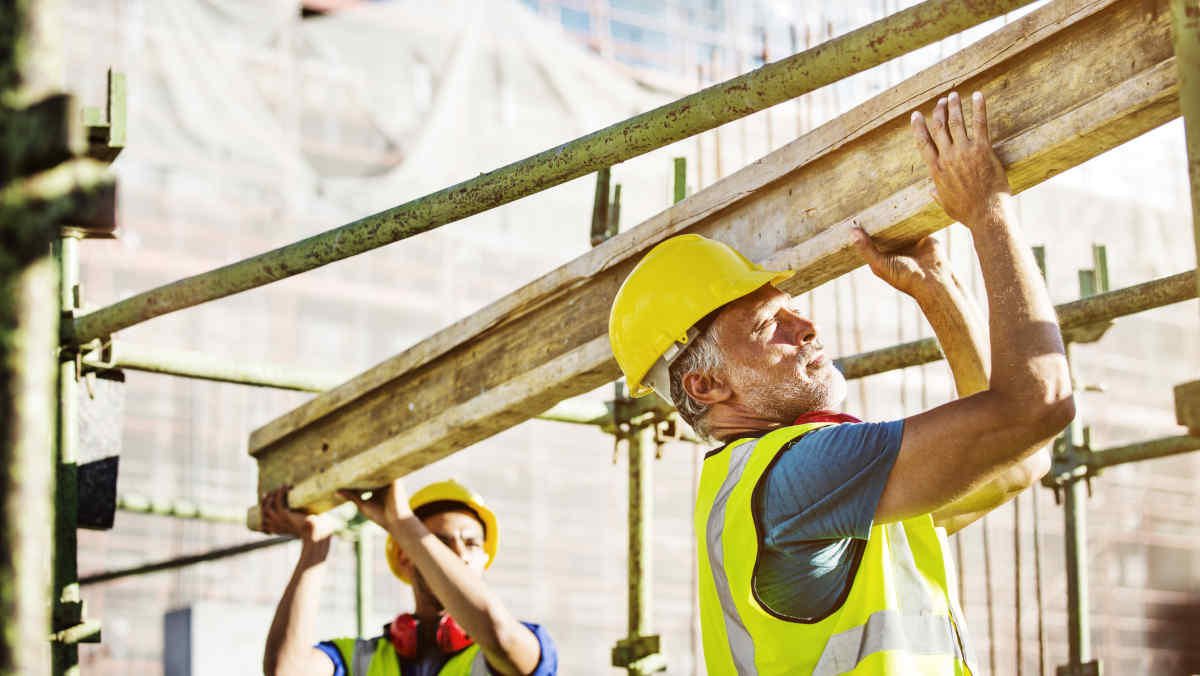
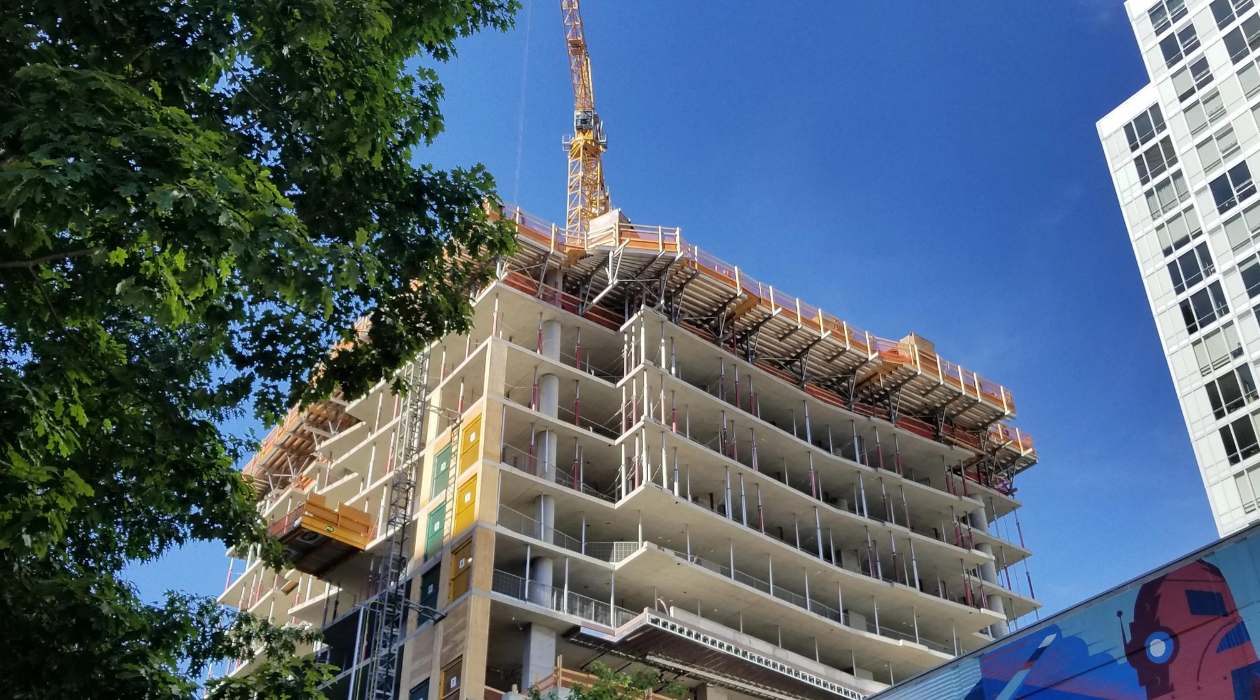
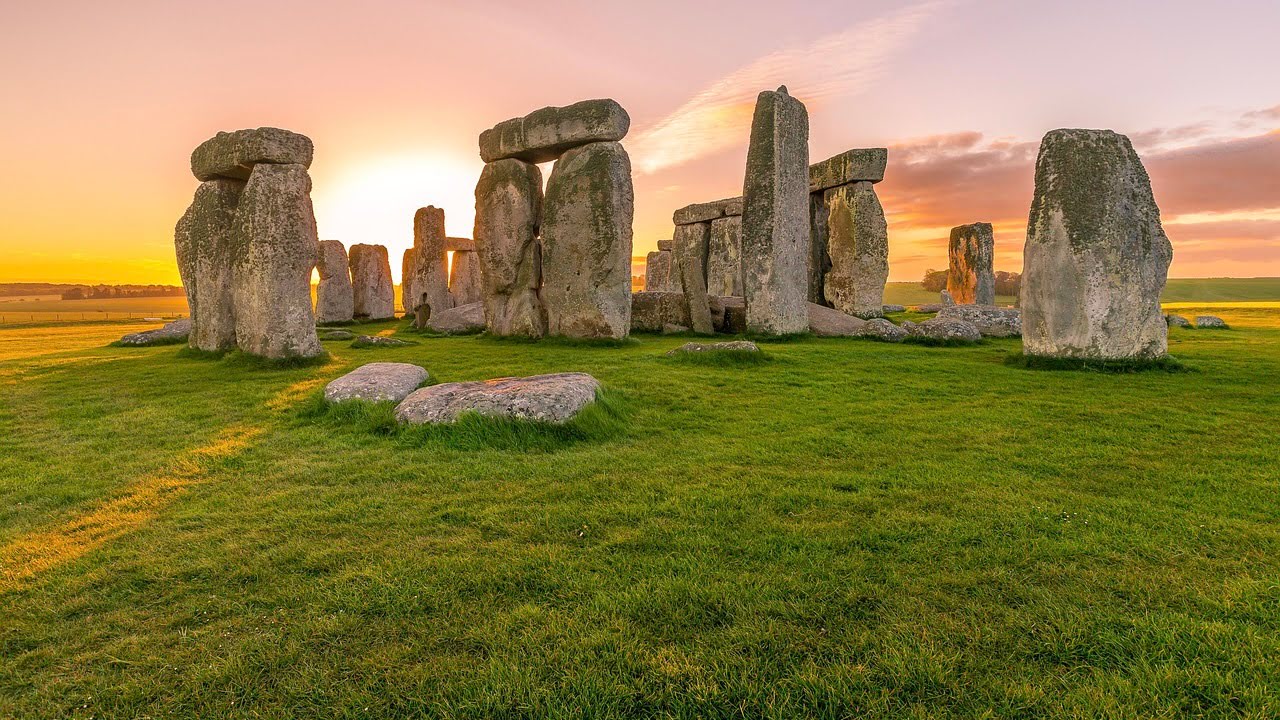
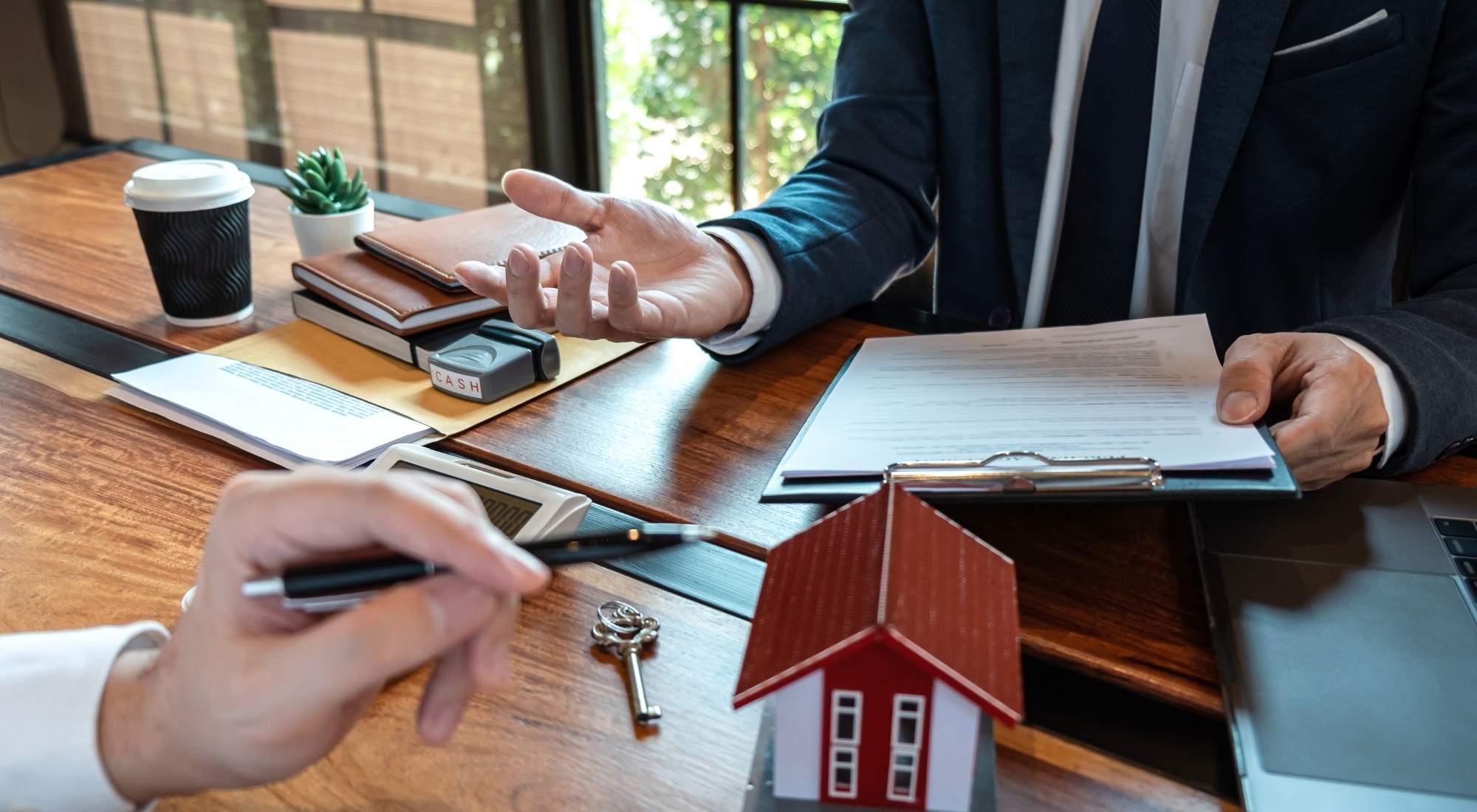
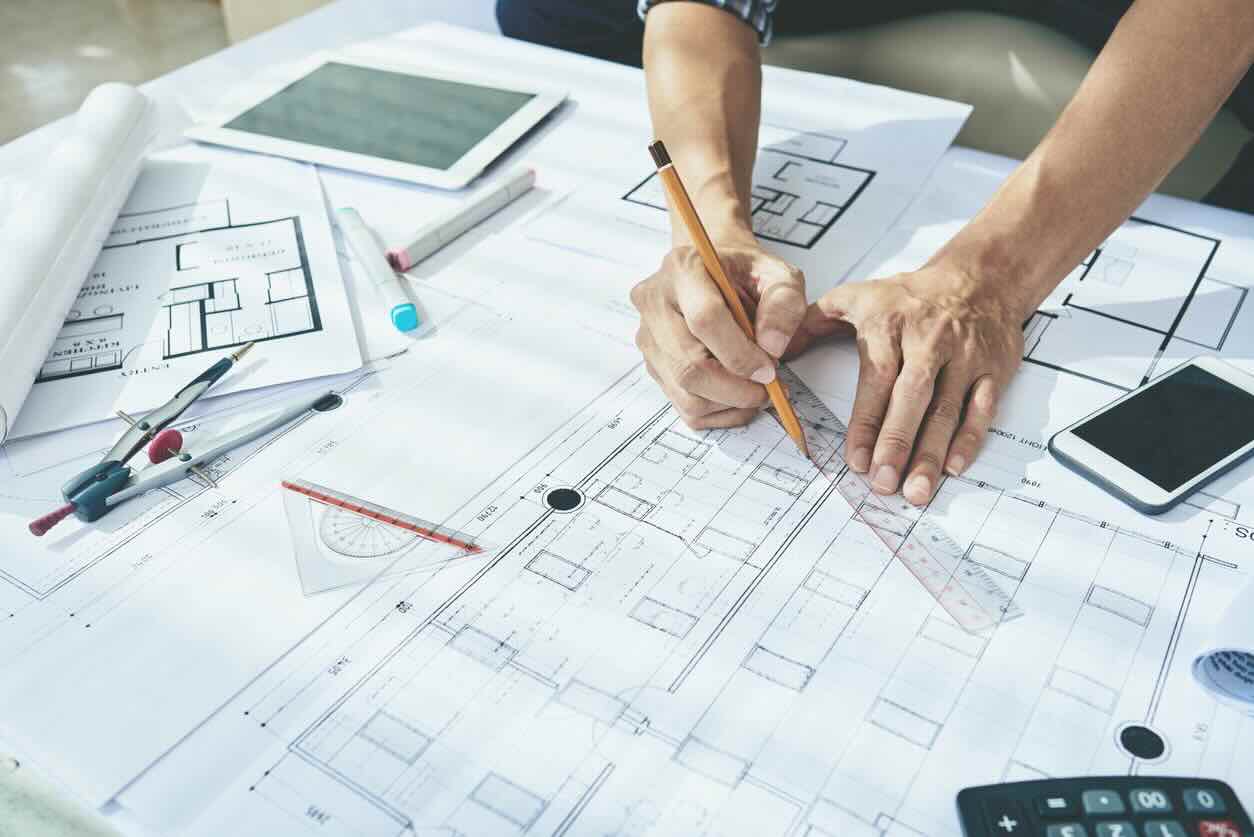
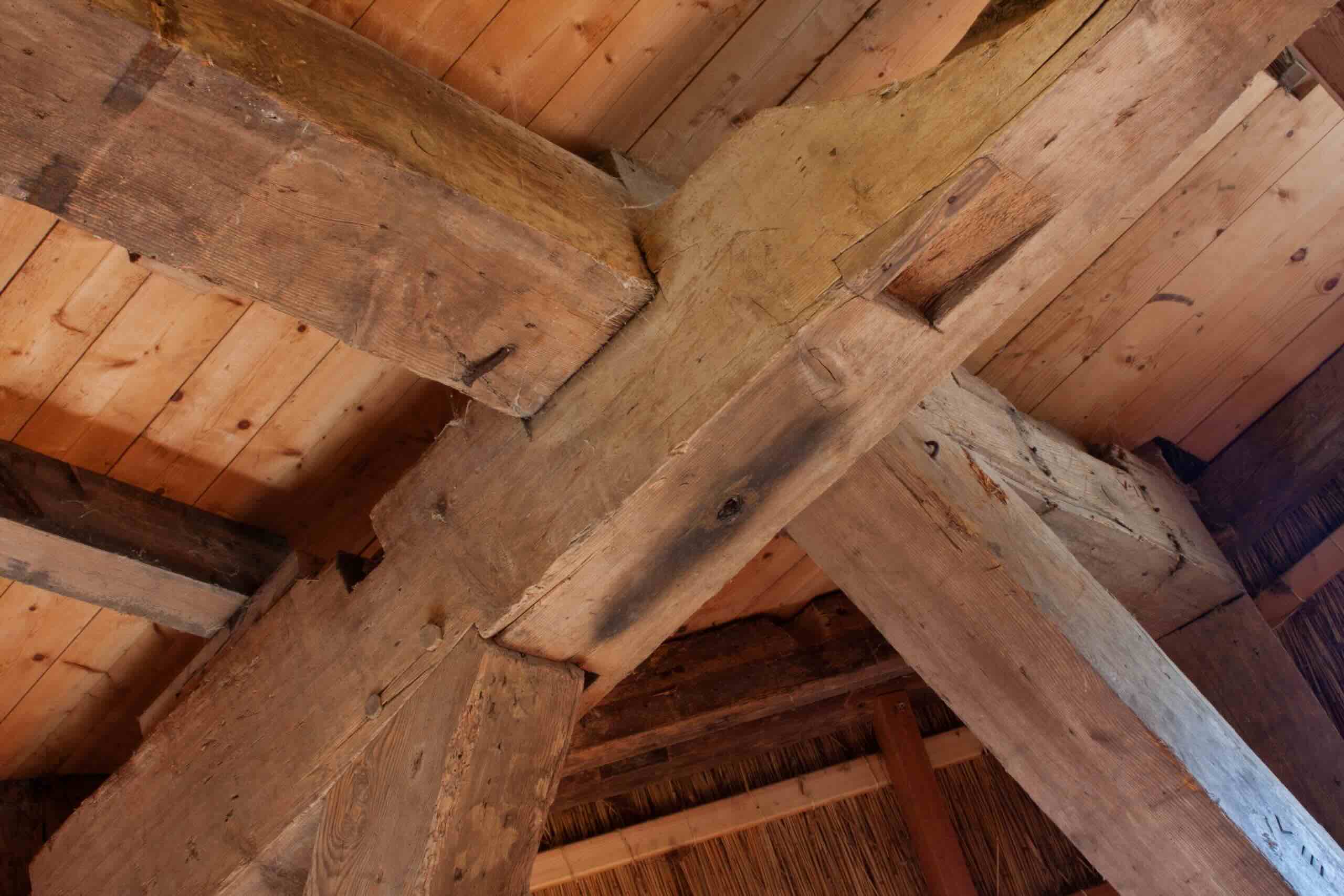
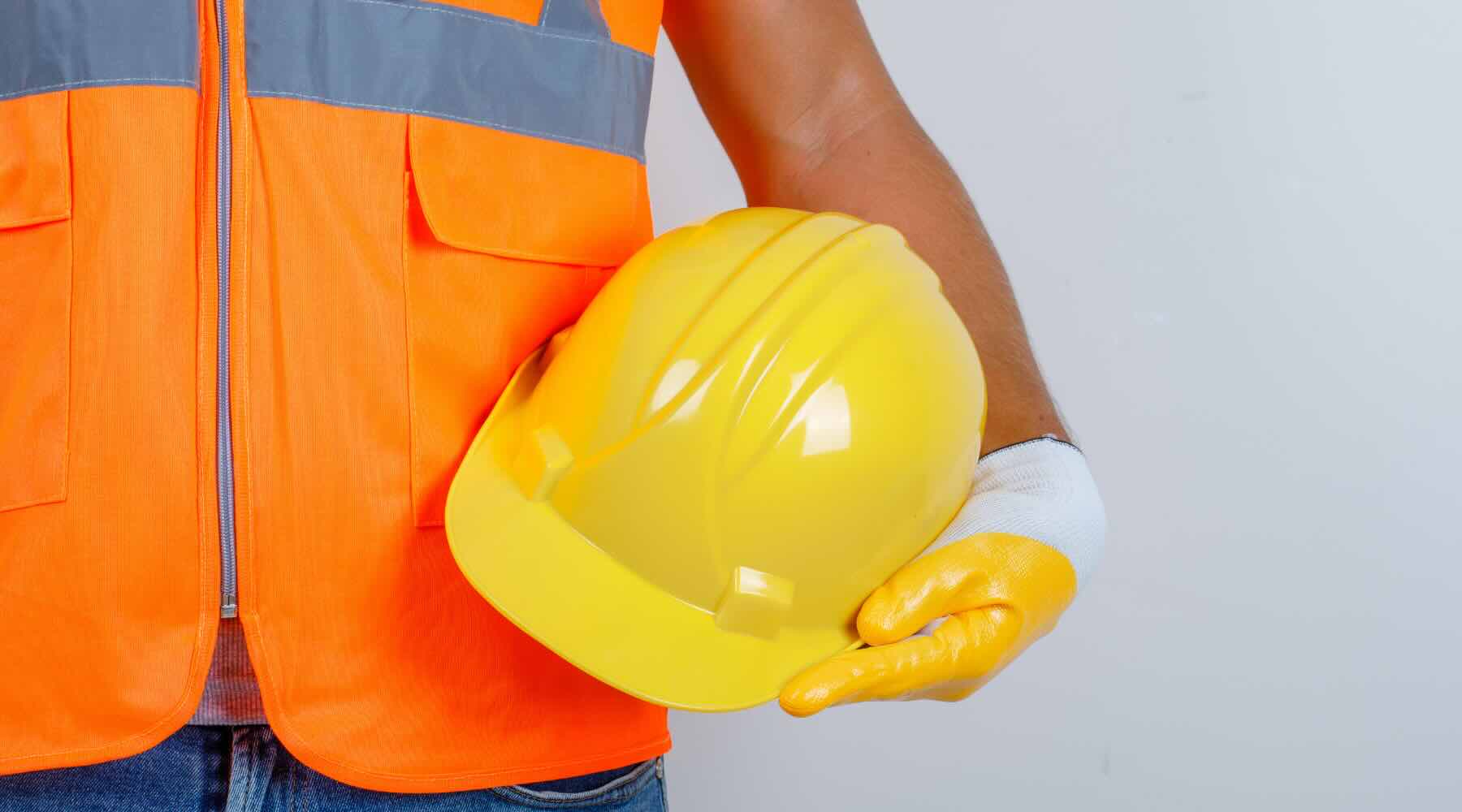
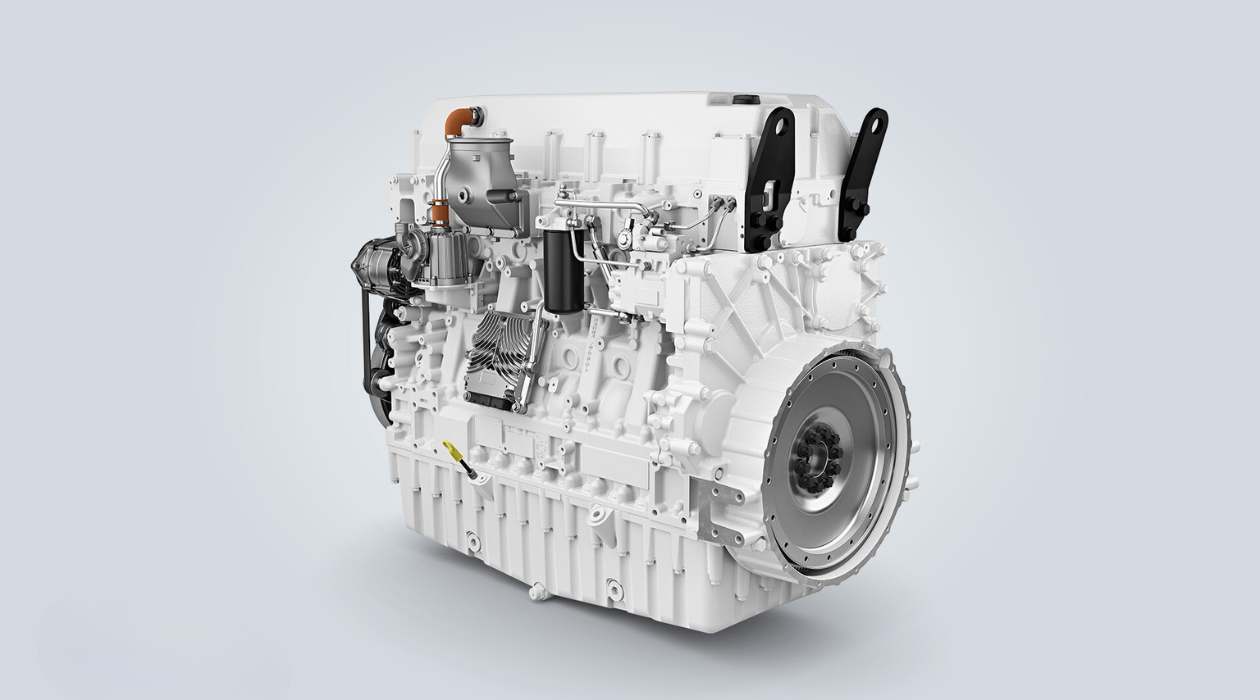
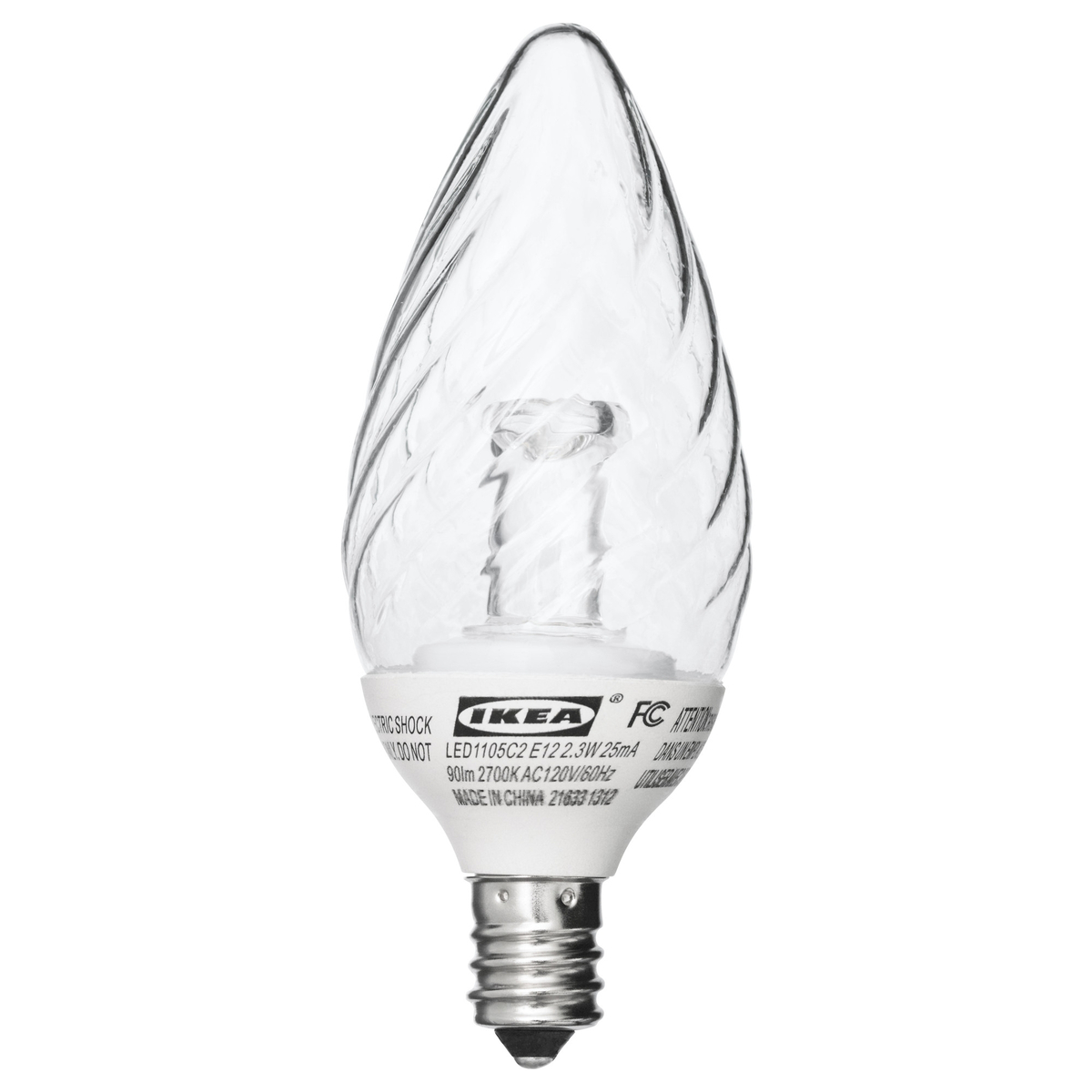

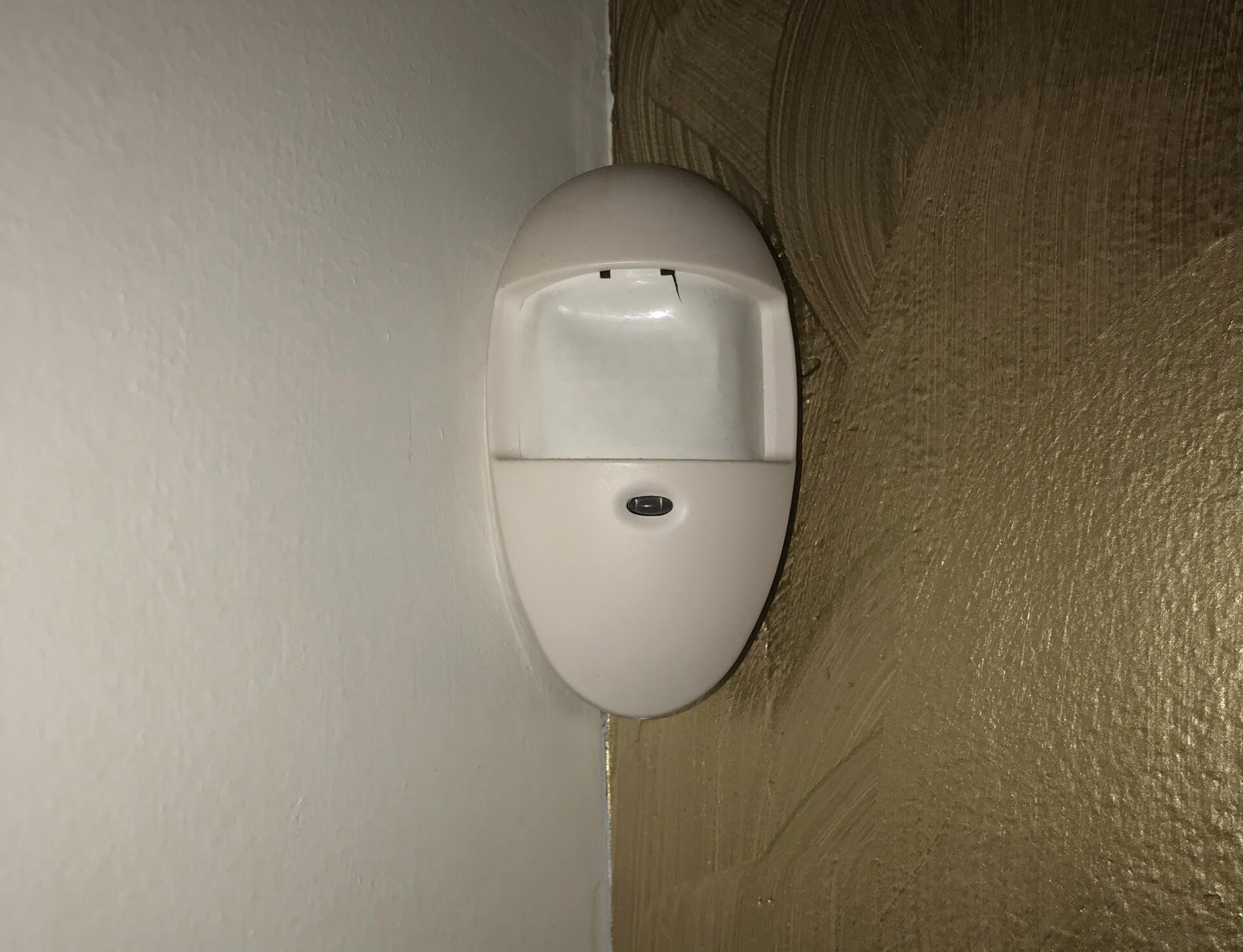
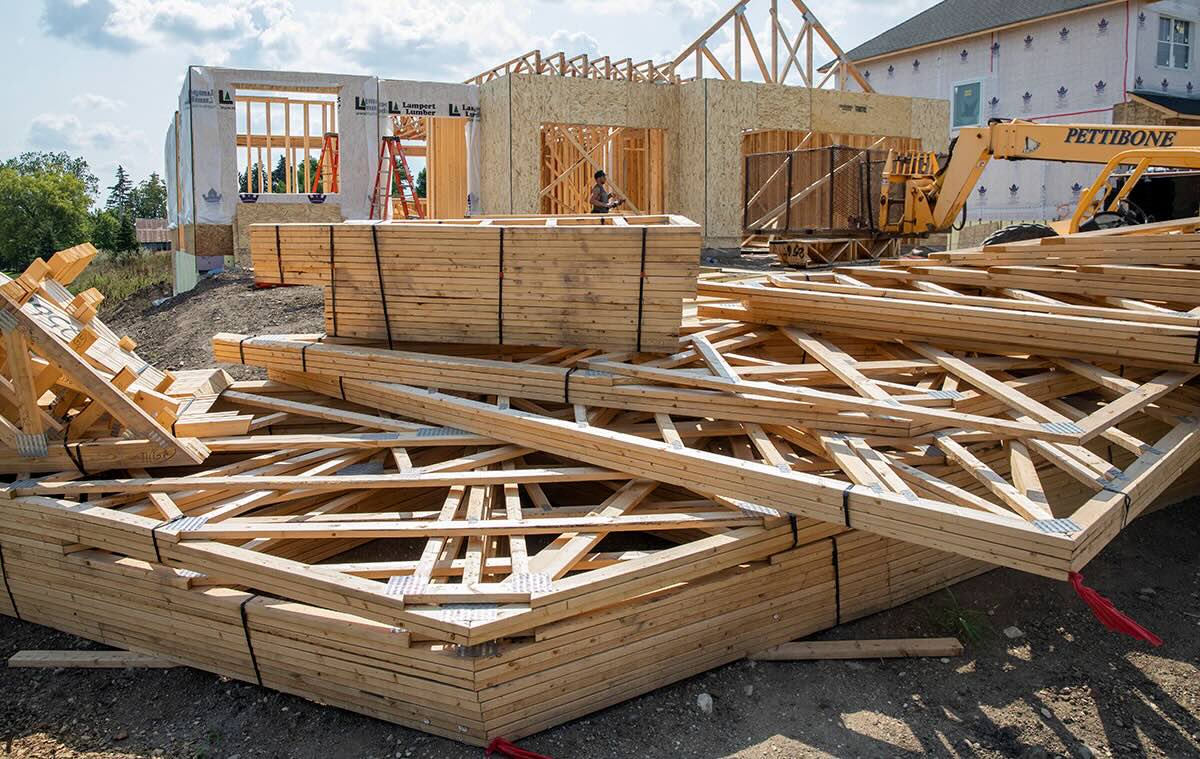



0 thoughts on “What Is V-B Construction Type”